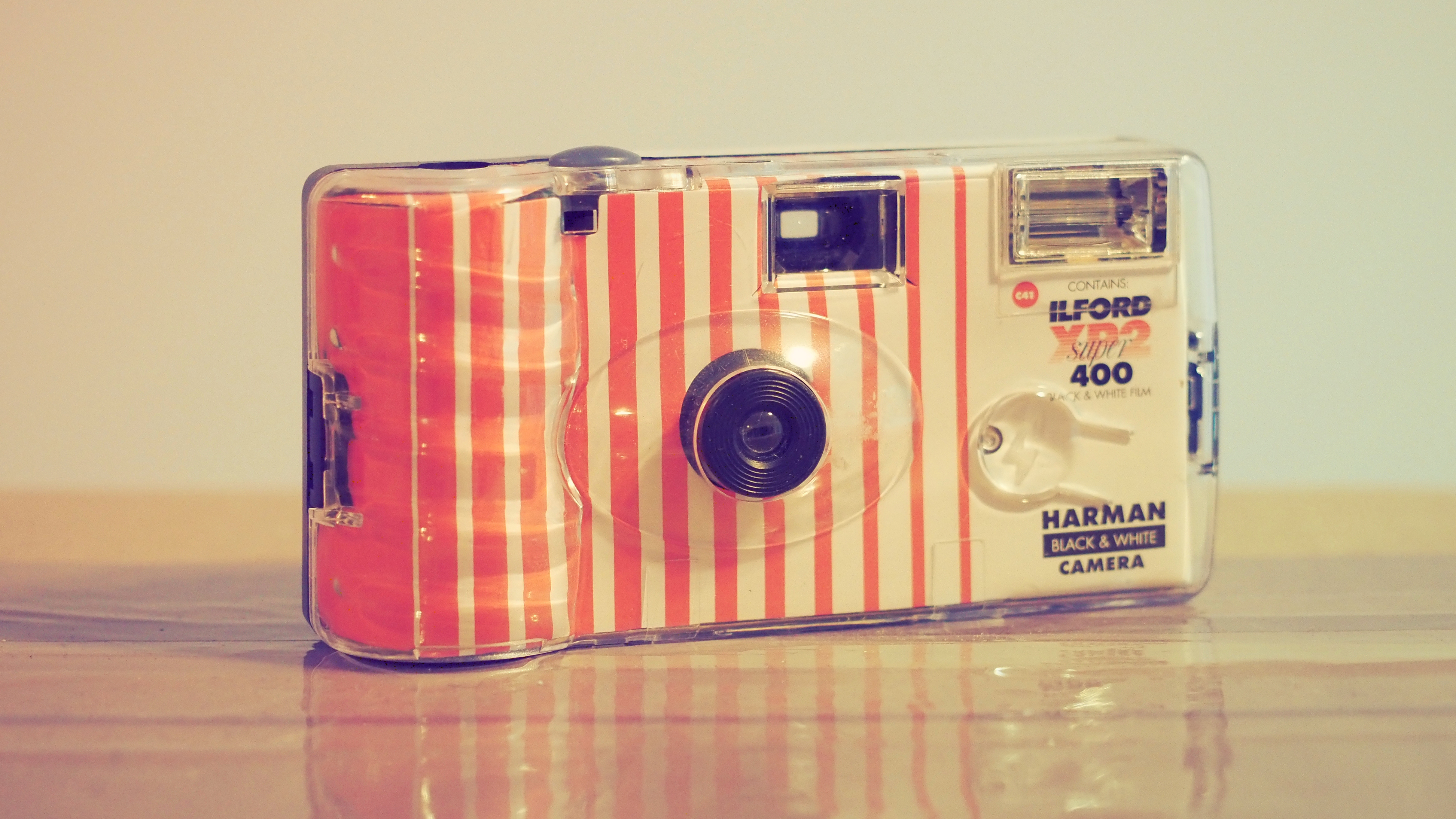
Film is making a comeback as an authentic antidote to a digital era dotted with AI-generated images – and no analog camera is easier to learn than the disposable camera.
While I have childhood albums filled with photographs shot on film, my first serious camera as a teenager was all digital. When I later decided to add film photography to my skill set, the most daunting part of the task was actually loading the film itself.
Disposable cameras remove that hurdle. The camera arrives already loaded with film and is sent to the lab still loaded with that same film. The disposable camera removes the entire process of handling, loading, and winding the film.
The first point-and-shoot camera followed a similar approach. When the first Kodak camera launched in 1888 with the slogan, “You push the button, we do the rest,” it came pre-loaded with film and was sent back to Kodak to unload and develop the film. The disposable camera builds on that same idea of making film photography accessible to everyone, except the camera is simply thrown out (or recycled) at the film lab during processing.

Disposable cameras are the easiest way to shoot a roll of film for the first time. The only skills needed to use a disposable camera is the ability to push a button, look through a viewfinder, and wind a small dial to the next shot (well, and keep your fingers away from the lens).
Disposable cameras aren’t popping back up in the trends just for the ease of use, however. The film camera format typically uses a cheap, plastic lens. That, coupled with the colors rendered from using actual film, gives the resulting photo a retro look that is impossible to perfectly replicate with a digital camera.
I’m fully on board with the disposable camera trend – particularly in the era of fake AI generations. But, there are a few things that I wish I knew before shooting my first roll of film.
First, developing the film will probably cost more than the film itself, or in the case of the disposable, more than the camera itself. The film lab that I use typically costs around $30-$35 (which is about £23 / AU$50) to develop and scan 35mm rolls of film, and the price is a bit higher once you factor in shipping costs.
Second, the beauty of film is in its imperfections. Film colors aren’t true to life, they tend to have more grain than digital images, and the lenses are often far softer than the modern equivalent. But, that’s part of the charm of analog. If you want "perfect" images, you don’t want to shoot with film.
Finally, part of the fun of film is experimenting with different film types. Experiment with different disposable film cameras from different brands, and you’ll find a range of retro colors and, yes, even black and white. Disposable film cameras even come in waterproof versions, which are fantastic for taking on a beach or poolside vacation.
Disposable film cameras aren’t the only way to get that classic retro photo look without learning the more complex side of film, like manual shooting settings and loading the film.
Instant film cameras are similarly easy to use, but there’s no cost to actually developing the film. Yes, technically, you have to load the film on instant film cameras, but these are cartridges that are far easier to load than rolls. If you can pop a VHS tape into a cassette player (in keeping with the retro theme) or pop a memory card into a card reader, you can load an instant film camera.
The resurgence of retro tech has also pushed brands to create cameras that mix the old and new. The Camp Snap, for example, is a digital camera, but its screen-free design makes it feel like using a disposable film camera. Between the inexpensive plastic lens – much like a disposable film camera – and the fact that it can be pre-loaded with different retro color profiles, the Camp Snap feels quite retro for a digital camera.
But, for shooting a true roll of film for the first time, the disposable camera is an easy entry into analog photography. And, if you truly fall in love with film, it’s easy to move from there into compact film cameras like the Kodak Ektar H35, the Pentax 17, or a vintage film camera.
You may also like
Browse the best disposable cameras, the best instant film cameras, or the best retro cameras.







